
The Seismic Capability of Curtainwalls
The testing of aluminum/glass curtainwalls for seismic capability, mainly inter-story drift, has been carried out on many curtainwalls over the last

The testing of aluminum/glass curtainwalls for seismic capability, mainly inter-story drift, has been carried out on many curtainwalls over the last

With the desire for more sustainable construction and reduced embodied energy, mass timber is being explored for building structures. For medium and

It is commonly thought that fenestration U-factor is not a key determinant in the performance of facades in hot climates, and generally the focus of

What was once an accepted reality in heat-treated exterior glass, optical disturbances in glass are under increasing scrutiny by developers,

With net zero and carbon neutral mandates on the near horizon, New York City has pushed the green building envelope by leveraging incentive-based

ASTM E 1300 “Standard Practice for Determining Load Resistance of Glass in Buildings” defines the load resistance of a glass construction as being

Healthcare projects in northern California require specialized knowledge to navigate regulation, technological advancements, and project execution

Buildings account for over 40% of global emissions (GlobalABC, 2018). Growing populations and higher standards of living are increasing pressure on

Thermal bridging through building facades have been overlooked or over-simplified by designers and building energy codes and standards in the past, which has led to higher space heating and cooling loads, occupant discomfort, and higher risk of condensation.
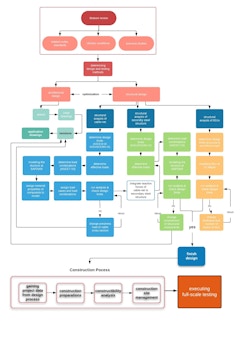
Flat cable-net facades are form-active structures which provide maximum transparency by means of point fixing components, tensioned cables, and

Here we are, a full year after the initial COVID-19 surge rocked the United States. It’s hard to believe we’ve been living through the pandemic for a full year at this point; and yet it also feels like it’s been multiple years. We are beginning to see glimmers of hope on the horizon as more people..

FTI's Mic Patterson sits down with special guests Steve Selkowitz of Lawrence Berkeley National Lab and Marc Lafrance of the Department of Energy .

The Facade Tectonics Institute is pleased to launch our long-awaited podcast, starting with Episode 01: Passive House, a moderated discussion between Lois Arena, Director of Passive House Services at Steven Winter Associates and Spencer Culhane, Senior Building Envelope Specialist at Schüco USA.
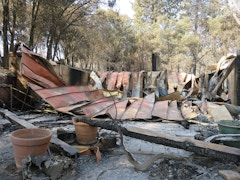
California is set to be drier and more drought prone with climate change. Wildfire and the subsequent loss of life and housing is a huge challenge.
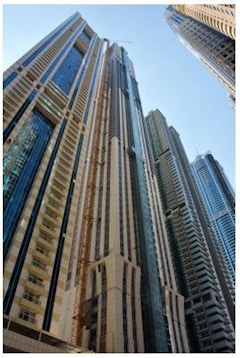
The tragic fire of June 14, 2017 at the Grenfell Tower in London, England has brought to a very public global forum issues related to the impact of
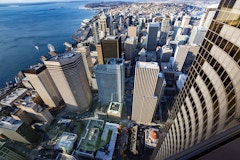
FTI's celebrated Forum in Seattle explored the "facade effect" on buildings and urban habitat with industry and academic thought leaders.
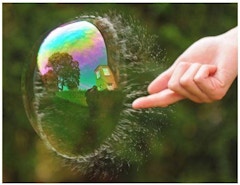
Current glass industry standards provide clear tolerances for readily quantifiable physical properties to assist with the evaluation of visual

Many factors will influence coating selection, but to achieve the desired performance level for a given situation, coatings must be specified based

Curtain wall design commonly uses insulating glass units for vision and spandrel glazing to provide better visual harmonization of building facade

A building’s envelope mitigates the effects of meteorological phenomena – including lightning – upon the structure and its occupants and contents.


